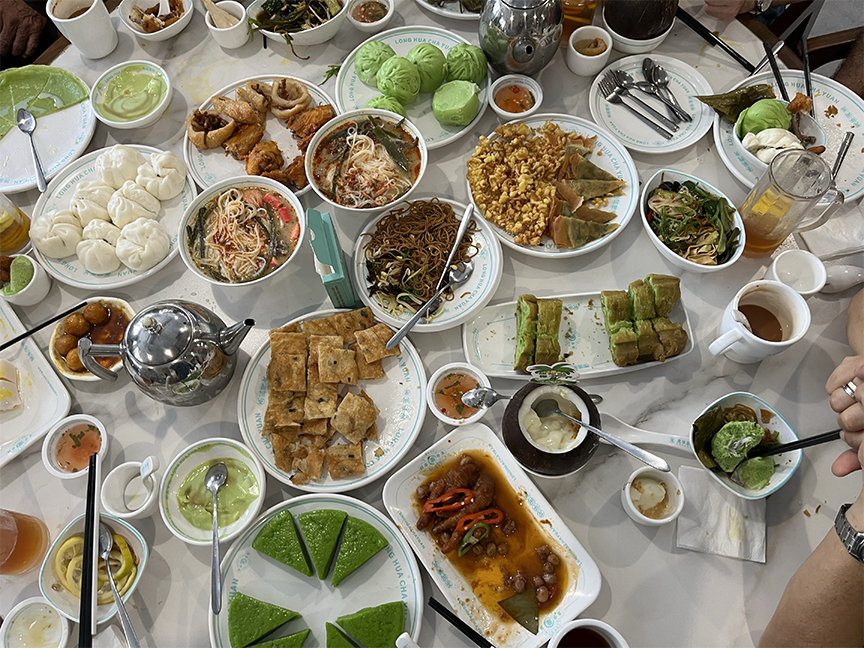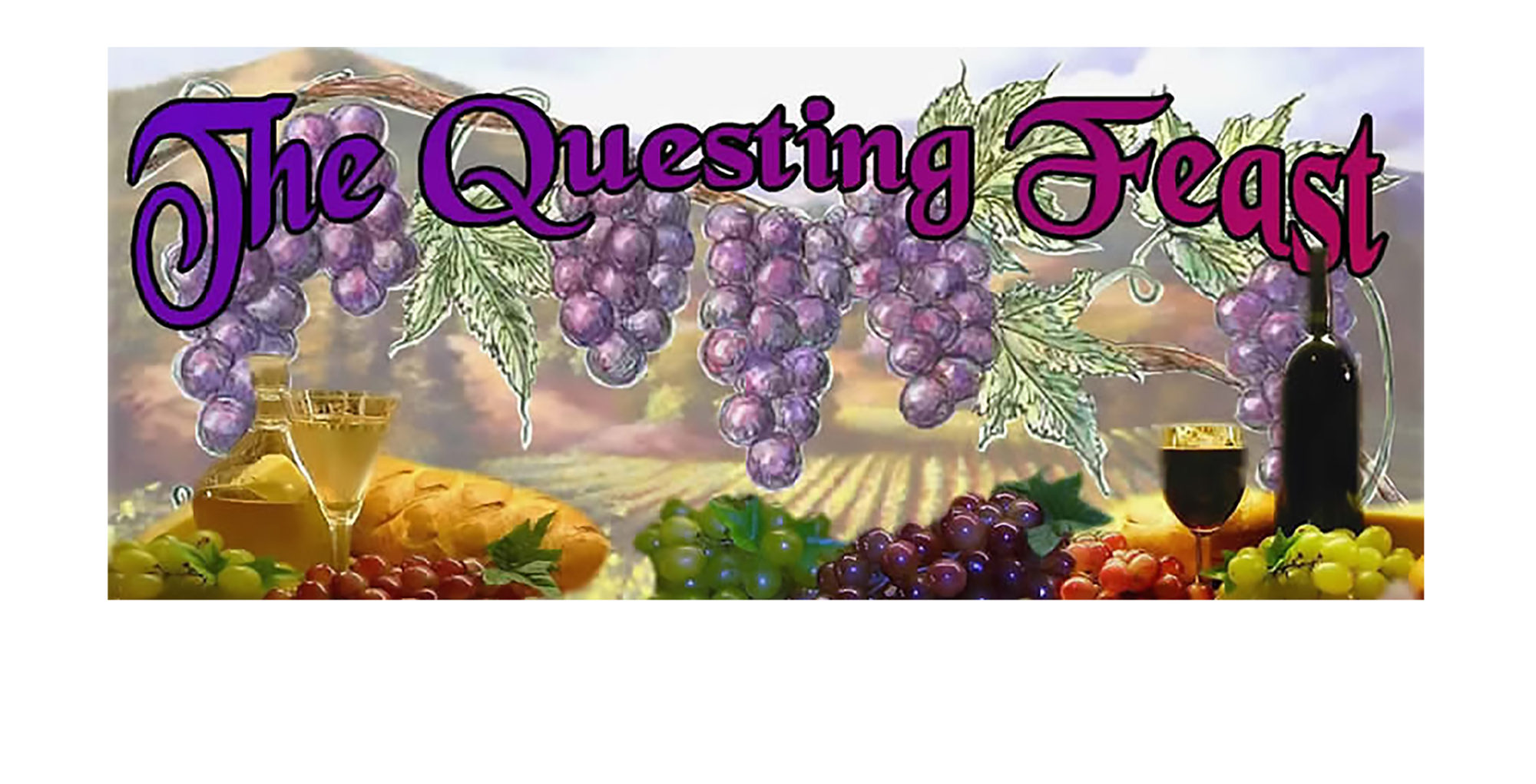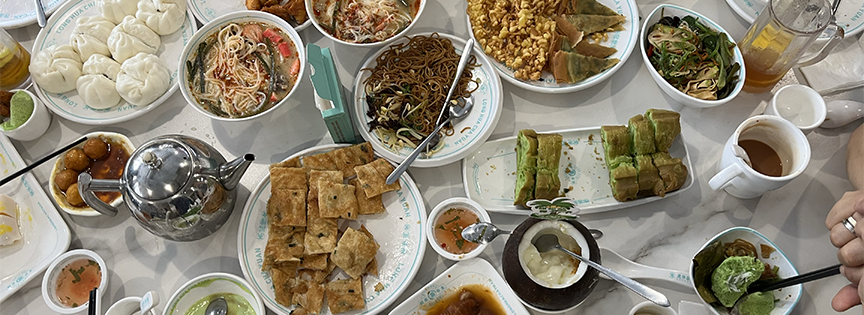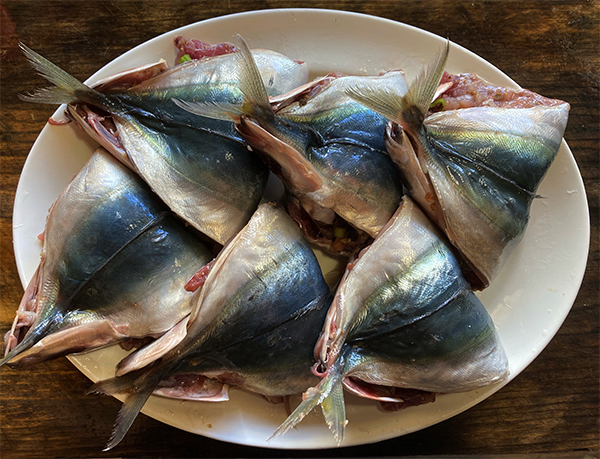I recently returned from Wenchang, Hainan. The trip was to attend the Galaxy Forum to discuss Lunar development and space exploration.
We stayed at the Wyndham Grand Wenchang, which is not where Google Maps says it is, but rather just seaward of Qinglan Harbor. I very much enjoyed watching the fishing board going in and out each morning, and seeing the fishing nets on their poles in the water. Swimming in the bay is not recommended as the current is deceptive – much faster than it appears from land. You can tell by the difference in the engine sound as the boats run out or in with the current.

Only two months before we arrived, a devastating typhoon had hit the island. It was amazing how resilient and strong the people of Hainan are. With help from the central government the power and communications grids were up and stable within two weeks of the devastation. Our hotel had hosted many of the electrical and telecommunications engineers and other workers who had come to help rebuild.
By the time our conference arrived, the hotel was in full operation, giving us a warm and gracious welcome and providing all the support we needed.
Farms that had been flattened had cleared small plots and were growing vegetables, the shrimp farms were coming back into operation, and the famous Hainan chickens were in the buffet line.
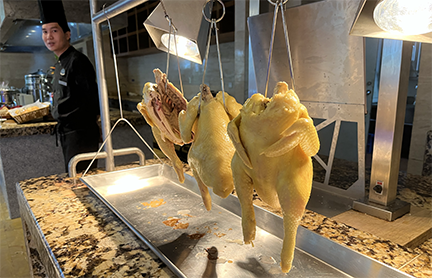
Hainan chickens are more flavorful than most of what we find in American supermarkets. They spend more time outside scratching and eating fresh greens and bugs, scratching and running, so the meat has more “tooth,” is more firm, without being dry. The breed of chicken is more lean and slower growing, which means they take longer to raise to market, but they are certainly worth the wait!
The famous Hainan Chicken Rice is a classic Hainanese dish. Probably the easiest way to learn how to prepare it properly is with this video from Woks of Life.
We took a tour out to see the launch facility. Yes, Hainan is home to top-notch rochet launch sites! While out, we had afternoon tea. We were told the dishes were classic Hainan tea fare, but that we were getting a full day selection all in one sitting! Many of the goodies are usually served at breakfast, though they all certainly can be enjoyed throughout the day.
